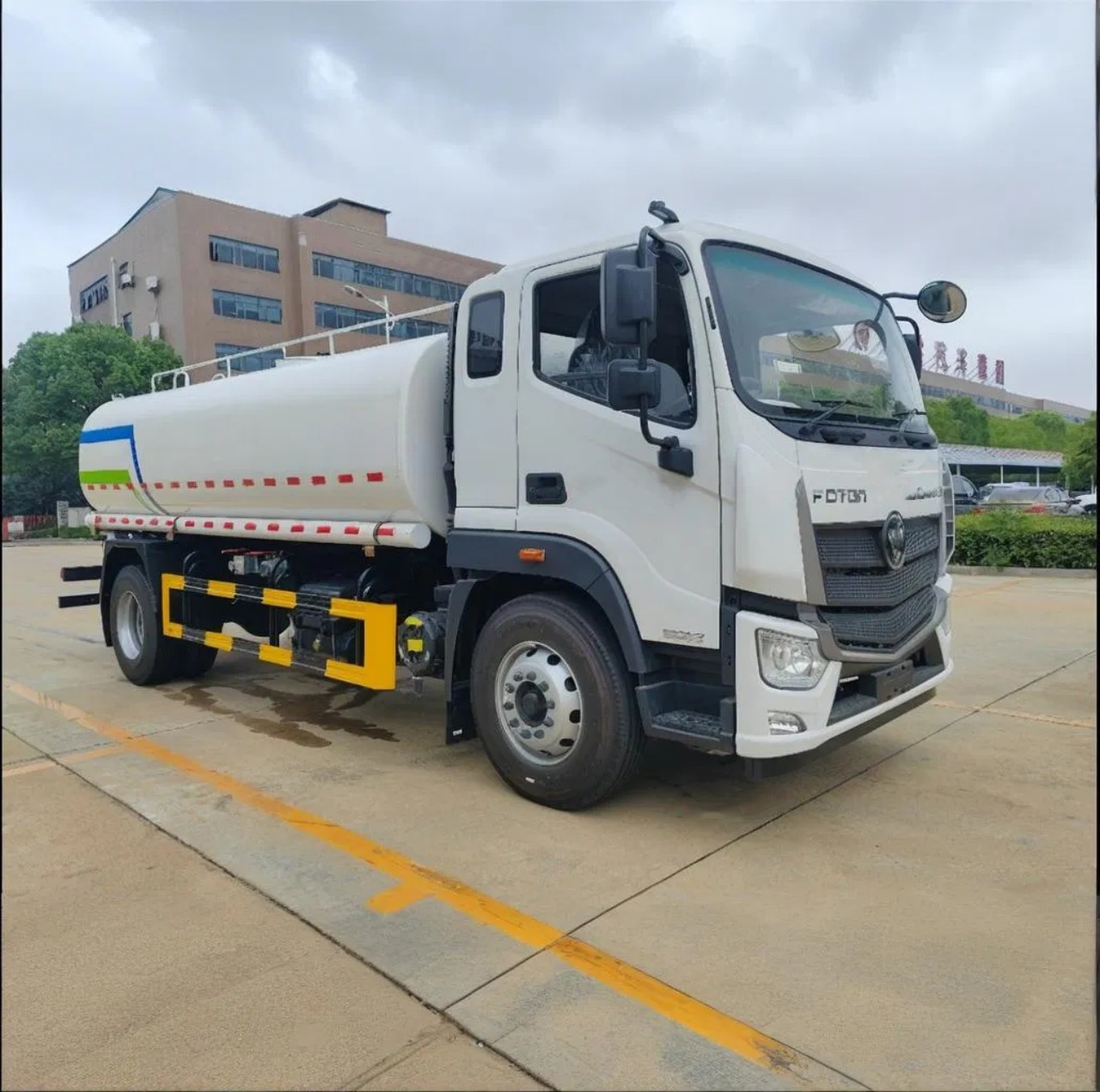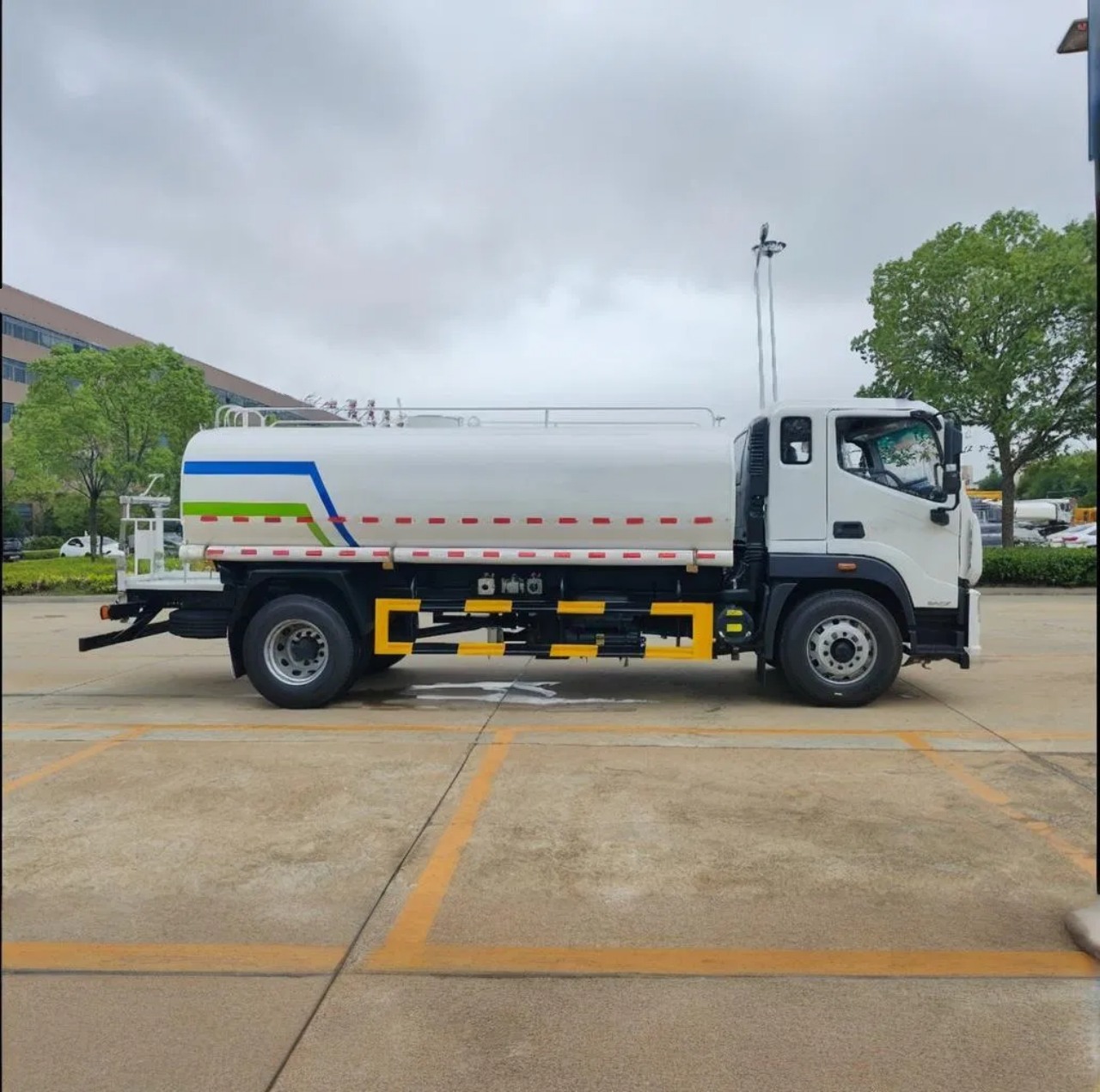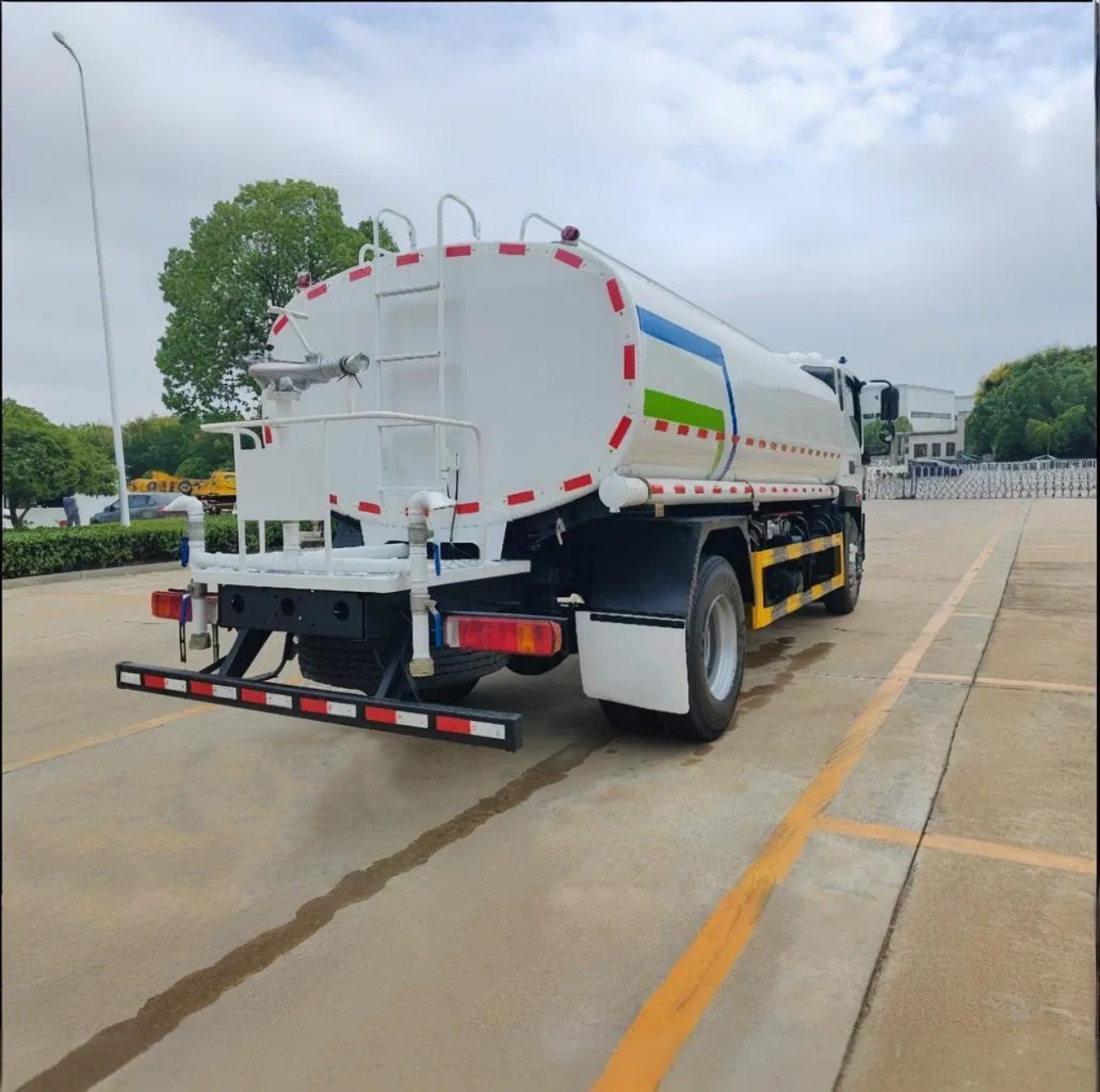Water trucks are specialized vehicles designed to transport and dispense water for a wide variety of applications. From construction sites and mining operations to agricultural lands and fire suppression, these trucks play an essential role in industries where water delivery or dust control is required. But what exactly defines a typical water truck? In this article, we will break down the key features, components, uses, and configurations that characterize a standard water truck.
What is a Water Truck?
A water truck is a vehicle equipped with a large tank for carrying water and a system for spraying or dispensing it. Water trucks come in different sizes and configurations based on their intended use, but they all share a common purpose: to deliver water efficiently where it’s needed most.
Water trucks are typically mounted on a commercial truck chassis, which provides the mobility needed to operate in varied terrains. They are fitted with pumps, spray nozzles, hoses, valves, and controls that allow the operator to distribute water in different ways—spraying, pouring, or even filling containers.

Key Components of a Typical Water Truck
- Water Tank
The tank is the core component of a water truck. A typical tank can range in capacity from 2,000 gallons to over 10,000 gallons, depending on the size of the truck and its application. Tanks are often made from carbon steel, stainless steel, or polyethylene and may be coated with anti-corrosion materials to prolong their lifespan. - Pump System
A powerful water pump—usually PTO-driven (Power Take-Off) or hydraulic—is used to move the water from the tank through the spray nozzles or hose systems. This system controls the pressure and flow rate, enabling effective distribution over large or small areas. - Spray Nozzles and Bars
Water trucks are equipped with spray nozzles that are strategically positioned at the front, rear, and sometimes the sides of the truck. These nozzles deliver water in fine sprays, streams, or wide arcs, depending on the application. Spray bars can be raised or lowered and adjusted for direction. - Control System
The operator uses a set of controls in the cab or near the pump area to activate the spray system. Modern trucks may feature electric or hydraulic controls and even wireless remote systems for more efficient operation. - Chassis and Engine
The water tank and equipment are mounted on a heavy-duty truck chassis, usually from commercial manufacturers like Freightliner, Peterbilt, Kenworth, or international brands such as HOWO. The engine size and type depend on the terrain and load capacity needed. - Hose Reels and Water Cannons
Many water trucks come equipped with hose reels or water cannons for localized watering or high-pressure applications, such as washing equipment or putting out small fires.
Common Uses of Water Trucks
Water trucks serve a diverse range of industries. Here are some of the most common applications:
1. Construction Sites
Dust suppression is crucial on construction sites for health, safety, and regulatory compliance. Water trucks regularly spray roads and excavation areas to keep dust down and improve visibility.
2. Mining Operations
In mining, water trucks are essential for dust control and road stabilization. They often operate in rugged conditions and are built for durability and large capacity.
3. Agriculture and Irrigation
Water trucks help irrigate fields in areas where permanent irrigation systems are unavailable. They’re also used to transport water to remote livestock or crop locations.
4. Firefighting and Emergency Services
Some water trucks are configured to assist in firefighting, particularly in rural or remote areas where hydrants are unavailable. These trucks may carry fire hoses and pumps with higher pressure ratings.
5. Roadwork and Civil Engineering
In paving and grading projects, water trucks moisten the soil for compaction and prevent dust during road construction.
6. Potable Water Delivery
In some communities or events, water trucks are used to deliver clean drinking water. These trucks must meet strict health and safety standards and typically feature stainless steel tanks and food-grade hoses.

Specifications of a Typical Water Truck
While sizes and features can vary, a typical mid-sized water truck used in construction or municipal work might include the following specifications:
- Tank Capacity: 4,000 gallons
- Pump Type: PTO-driven centrifugal pump
- Spray System: Front, rear, and side spray nozzles
- Tank Material: Carbon steel with internal coating
- Chassis: Freightliner M2 or equivalent
- Engine: 250–350 HP diesel engine
- Controls: In-cab electric controls with manual backup
- Extras: Rear hose reel, water cannon, ladder access, LED work lights
Water Truck Sizes and Configurations
Water trucks can be classified into different size categories:
- Light-duty (500–2,000 gallons): Mounted on smaller trucks, suitable for landscaping or urban jobs.
- Medium-duty (2,000–5,000 gallons): Most common for general construction, municipal, and agricultural use.
- Heavy-duty (5,000–10,000+ gallons): Used in mining, industrial, and large-scale agricultural operations.
Some trucks are off-road capable, while others are built strictly for highway use. Articulated water trucks are used in particularly difficult terrain, such as in quarries or mines.

Maintenance and Safety Considerations
Operating a water truck requires routine maintenance and safety checks. Some of the key considerations include:
- Tank Inspection: Regular checks for leaks, rust, and structural integrity.
- Pump Maintenance: Lubrication, belt inspection, and ensuring proper pressure levels.
- Brake and Suspension Checks: Given the heavy loads, brakes and suspensions must be in top condition.
- Spray System Cleanliness: Nozzles and hoses should be free from blockages and corrosion.
- Safety Features: Rollover protection, backup alarms, reflective markings, and proper operator training.
Conclusion
A typical water truck is much more than just a tank on wheels. It’s a purpose-built vehicle engineered to deliver water efficiently, safely, and reliably under demanding conditions. Whether it’s controlling dust on a dusty road, watering crops in arid zones, or fighting a grass fire on a hillside, water trucks are invaluable in a range of industries.
From the size and type of tank to the power of the pump system and spray capabilities, every component is designed with utility and durability in mind. Understanding what makes up a typical water truck helps operators, fleet managers, and industry professionals choose the right tool for the job—and keep it working at peak performance.


